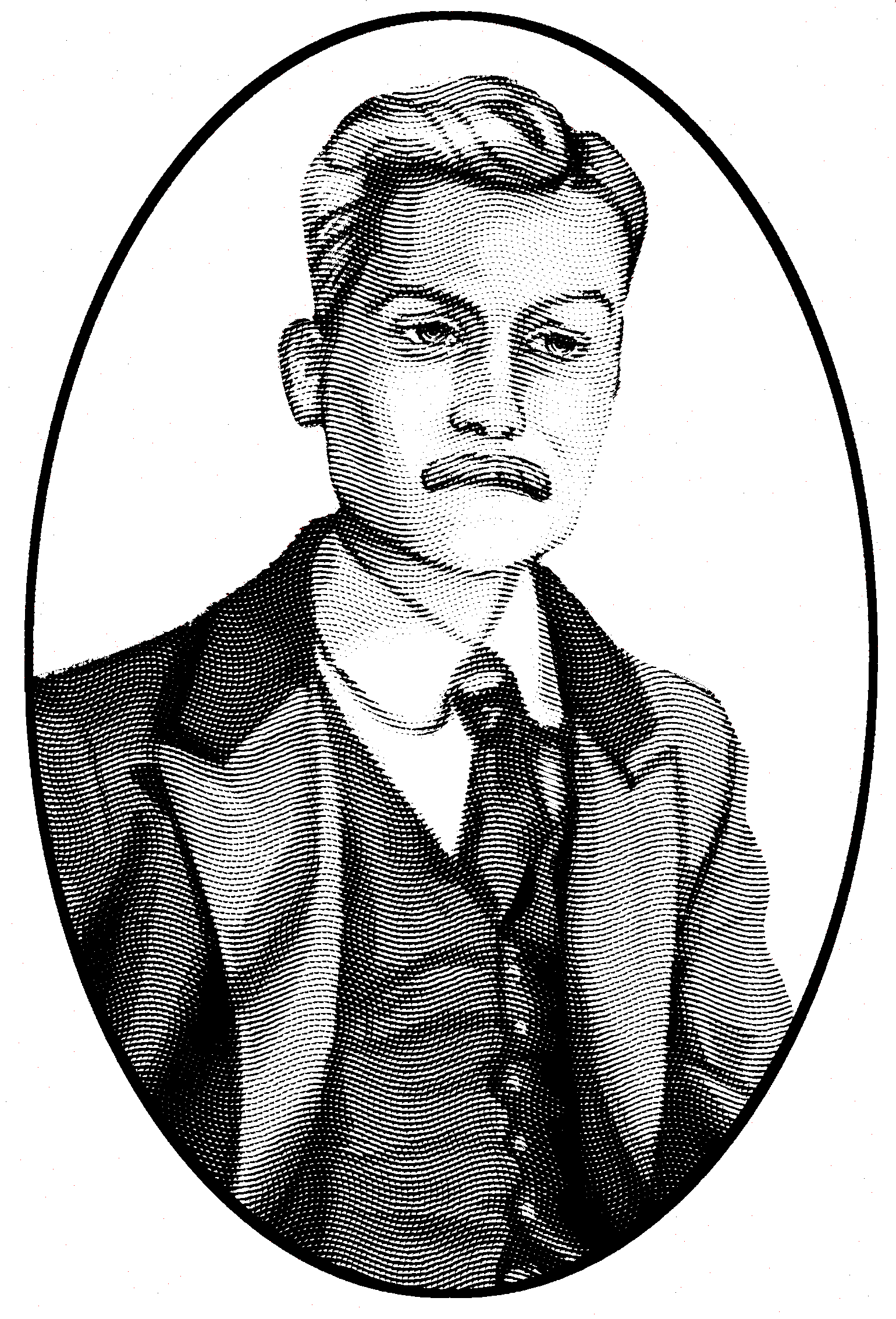Gin, with its crisp bite and botanical complexity, has long been the drink of choice for those who live on the edge—explorers charting uncharted territories, mercenaries carving paths through chaos, and great men shaping the course of history. Its versatility, resilience, and storied past make it more than just a spirit; it’s a companion for those who casually defy the ordinary.
This summer is a summer of conquest, adventure and vision. What better a drink than the spirit that fueled empires and offered respite for hardy soldiers and royalty?
Gin is an explorer’s elixir, from the age of sail to the era of polar expeditions, gin has been a steadfast ally for explorers. Its origins trace back to the 17th-century Netherlands, where genever—a juniper-heavy precursor—was prized for its supposed medicinal qualities. Sailors and adventurers carried it aboard ships, believing it could ward off scurvy or steady nerves during stormy seas. By the 19th century, British explorers, from Sir Richard Burton traversing African rivers to Ernest Shackleton enduring Antarctic ice, relied on gin’s compact potency. A bottle of gin, unlike bulkier provisions, was easy to pack, didn’t spoil, and offered a warming reprieve in the harshest conditions.
Gin’s botanical profile, often infused with exotic ingredients like coriander, citrus peel, and angelica, resonated with men who sought the unknown. The drink mirrored their journey: a blend of the familiar and the foreign, distilled into something bold. In colonial outposts, gin and tonic became a staple—not just for its crisp refreshment but because the quinine in tonic water helped fend off malaria, making it a practical choice for explorers in tropical climes. The G&T, born in the British Empire’s far-flung corners, was less a cocktail and more a survival tool, sipped under mosquito nets or by flickering campfires.
If there's one thing those Sears-Roebuck-catalog-ad answering men of Cold War Africa liked more than spare ammo, it was an unopened bottle of gin. African mercenaries, those hard-bitten soldiers of fortune who thrived in the continent’s turbulent post-colonial era, found in gin a drink as rugged as their lives. In the 1960s and 70s, men like “Mad Mike” Hoare and Bob Denard, leading ragtag bands through conflicts in the Congo and beyond, weren’t sipping fine wines in polished salons. They drank gin—neat, with a splash of water, or mixed with whatever was at hand. It was cheap, widely available, and didn’t require refrigeration in sweltering jungles or dusty savannas.
Gin’s high alcohol content made it a disinfectant in a pinch, a bartering chip with locals, or a way to toast fleeting victories. Its clarity and simplicity suited men who lived by their wits, unencumbered by pretense. A mercenary’s life was unpredictable—gin, with its ability to pair with anything from a warm soda to a bitter tonic, matched that adaptability. In smoky bars from Nairobi to Luanda, gin was the currency of stories swapped between soldiers, its sharp edge cutting through the haze of war and weariness.
Gin has ALWAYS been in the glasses of great men. History’s titans, too, have gravitated to gin’s unyielding character. Winston Churchill, steering Britain through its darkest hours, was famously partial to a martini—gin, not vodka, with a mere nod to vermouth. “I have taken more out of alcohol than alcohol has taken out of me,” he quipped, and gin was his muse. Its clarity sharpened his resolve, whether strategizing in war rooms or penning speeches that rallied a nation.
Ernest Hemingway, another giant, drank gin in his Cuban haunts, crafting gimlets and daiquiris between writing prose as lean and potent as the spirit itself. For Hemingway, gin was the drink of the rugged individualist, a man who faced life’s chaos head-on. Even earlier, during the British Raj, figures like Rudyard Kipling immortalized gin’s role in empire-building, its presence a constant in officers’ messes and colonial verandas.
Gin’s appeal to great men lies in its duality: refined yet raw, sophisticated yet unpretentious. It’s a drink that doesn’t demand ceremony but rewards those who appreciate its nuances. From the Enlightenment salons of London to the battlefields of empire, gin has been there, fueling debates, sealing alliances, and toasting triumphs.
Gin will always endure.
What makes gin the choice of explorers, mercenaries, and history’s greats? It’s practical—durable, portable, and versatile. It’s symbolic—a distilled embodiment of resilience, blending the earth’s far-flung botanicals into a single glass. And it’s timeless, cutting through centuries with a clarity that speaks to those who live boldly.
Today, gin’s renaissance in craft distilleries echoes its past. New blends, infused with everything from African baobab to Himalayan juniper, nod to the spirit’s exploratory roots. Yet whether it’s a mercenary toasting a hard-won fight, an explorer sipping under the stars, or a statesman raising a glass to victory, gin remains their drink: sharp, unyielding, and forever intertwined with the audacity of those who shape the world.
Every week, a new gin will be reviewed EXLUSIVELY on the T.R's Sartorial Patreon channel, available to ALL!

